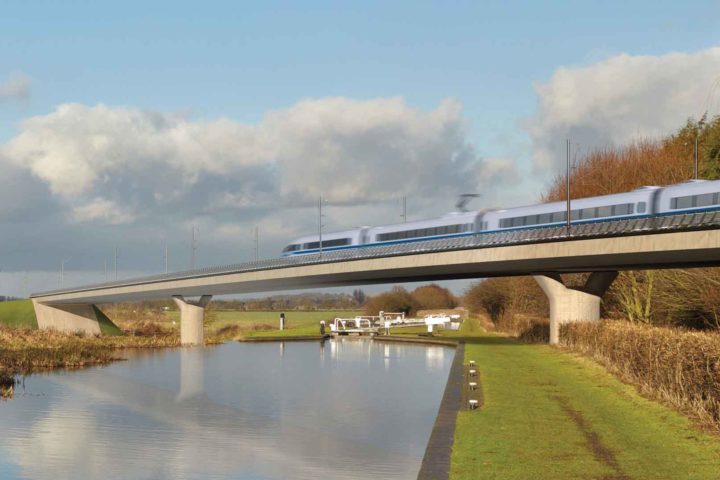With British weather being the way it is, rainy days are not out of the ordinary. So even though we’re probably well practised, it’s important everyone takes the correct safety precautions for driving in heavy rain.
Take it slow
Lisa Overton-Locking a member of our Personal Injury Department warns that “Heavy rain reduces visibility and increases the risk of accidents!”
Decreasing your speed in this weather will allow you to have full view of your surroundings. Lisa added that when driving in heavy rain “everyone should always maintain a safe stopping distance, to avoid accidents as best they can”.
The Highway Code states that on a dry road the breaking distance between you and the vehicle in front should be 2 seconds, and then at least 4 seconds when it’s wet.
Make sure you’re prepared for driving in heavy rain
Whether you’re going to be clocking up the miles in this bad weather, or only popping down to the supermarket, it’s important your vehicle is prepared for driving in heavy rain.
Make sure your wipers are effective, and jets positioned correctly so you can maintain a clear view during the rain. If you are having to use your windscreen wipers, then the rule of thumb is that you should be using your headlights.
Our Aleksandra points out: “Everybody should have lights on in rain, especially on the motorway, otherwise not only are you decreasing your own visibility but you’re not making yourself visible to others”. Many of us rely on our automatic light settings, however these will not always activate due to bad weather conditions.
Beware of Aquaplaning
Aquaplaning is where a layer of water builds up between the wheel of a vehicle and the road surface. This creates a loss of traction which prevents the vehicle from responding to control inputs
If this happens to you, in order to recover it is advised that you ease off the accelerator, have a firm grip of the steering wheel and don’t make any sudden steering actions. Following these straight forward instructions, your car will eventually regain its grip as the water clears.
In the event of flooding
When flooding occurs it’s important the risk is assessed before deciding whether to pass through it or not; such as the depth or if it’s fast-flowing. The depth could be judged in relation to the kerb, or if other vehicles similar to yours are safely driving through.
If safe the approach advised is to operate the clutch and accelerator in the same motion you would when undertaking a hill start. Once through, be sure to test your brakes to make sure they are dry and working.
Breaking down in wet weather
If you break down in wet weather, Confused.com recommend pulling over to a safe visible place and wait for help to arrive.
Don’t prop open the bonnet while waiting for roadside assistance. The engine will be more difficult to start if the electrics are rain-soaked.
Always keep tuned to the weather and traffic reports, in case of road or bridge closures, and advice on whether it’s safe to travel.




